Ballyseedy was
acquired c.1620 (post-1619)
by Robert Blennerhassett, of Ballycarty.
Blennerhassett's lease of c.1620
refers to "Ballyshiddy Castle, town, and lands".
Though the
1590 grant of Ballycarty
also appears to include Ballyseedy.
Robert Blennerhassett lived at
Ballycarty Castle.
It is unclear when Blennerhassett first lived at Ballyseedy.
There are mysterious
1627 arms
now at New Ballyseedy.
It was thought that might be when old Ballyseedy was built.
But this is too early.
The Blennerhassett were still living at Ballycarty in 1641.
His son
Col. John Blennerhassett
was possibly the last to live at old Ballyseedy Castle.
There is a mysterious
stone dated 1721
at New Ballyseedy (Elm Grove).
It was thought this could be when New Ballyseedy was built, but the date makes no sense looking at the family history
and who could have built it.
Maybe it is the date when Col. John did some rebuilding at Old Ballyseedy.
Col. John Blennerhassett was living
at Old Ballyseedy
as at 1756.
He left Ballyseedy before 1774.
In his will 1774
he is described as of Oak Park,
"formerly of Ballyseedy".
The name "Ballyseedy" was adopted c.1821 by the new Ballyseedy House (formerly Elm Grove) a mile to the E.
The ruin of the old Ballyseedy Castle still exists.
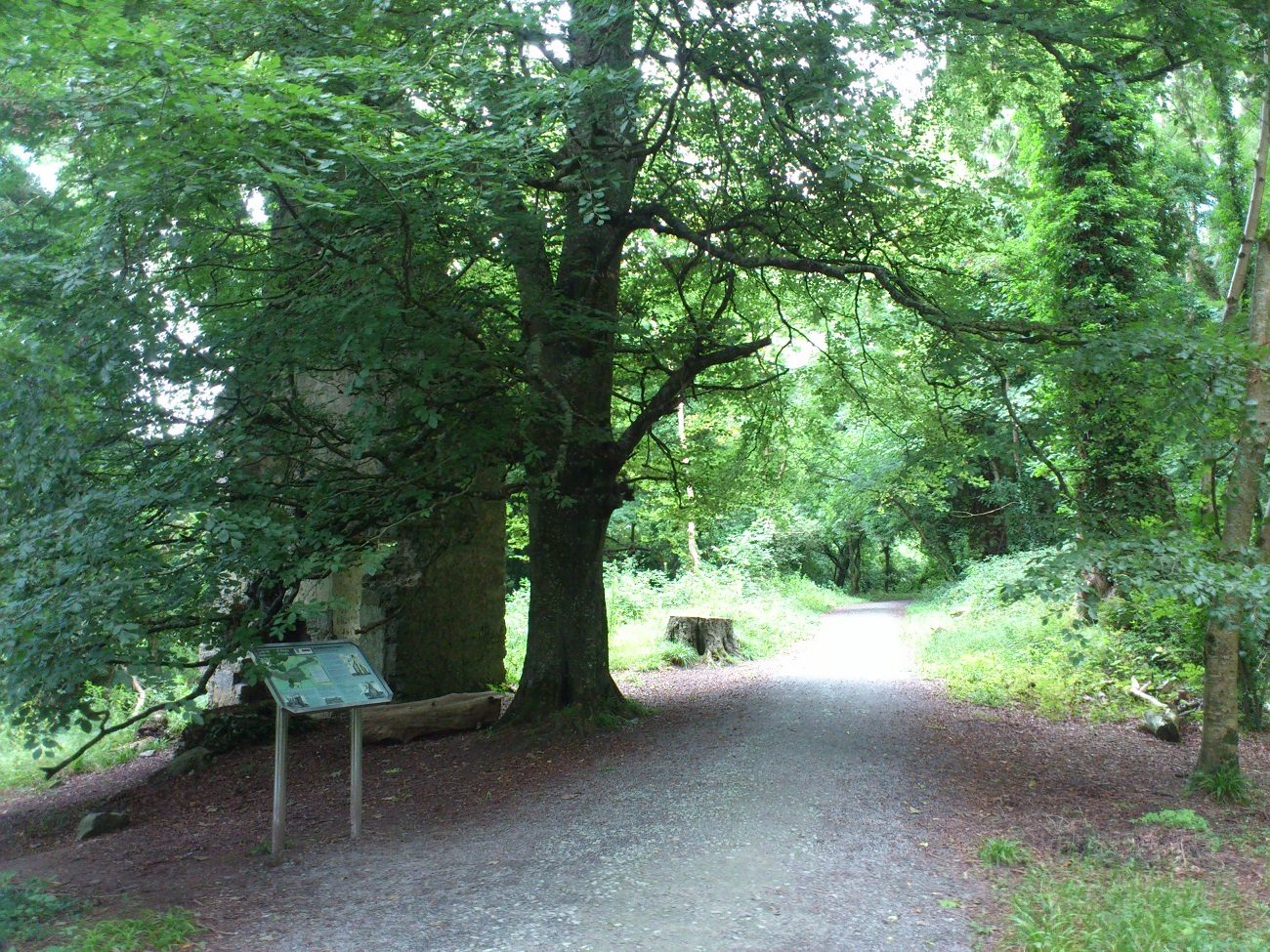
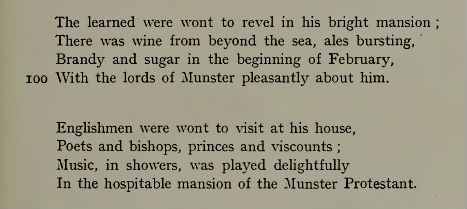


Ballyseedy on
p.163
of
[Smith, 1756].
This
shows
John Blennerhassett at
Old Ballyseedy
and his younger brother
William Blennerhassett at
Elmgrove.
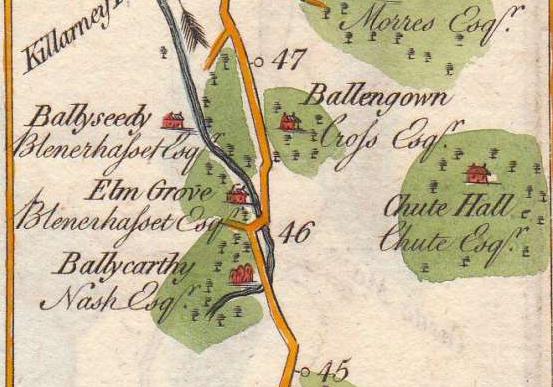
Ballyseedy and Elmgrove and Ballycarty on
1777 map.
Up is W.

[The Post-chaise Companion, 1786, p.186]
shows
William Blennerhassett at
Elmgrove to the E.
To the W it shows
"Ballyseedy, once the mansion-house of the Blenerhasset family".
Old Ballyseedy is clearly now abandoned.

Old Ballyseedy (red cross) on
1829 to 1842 map.

Old Ballyseedy (red cross) on
1887 to 1913 map.
See other copy.
[McMorran, 2008]
says the ruin was fairly extensive until the 1960s
but is now much reduced.
There is not much to see on modern
satellite view
because of the dense tree cover.
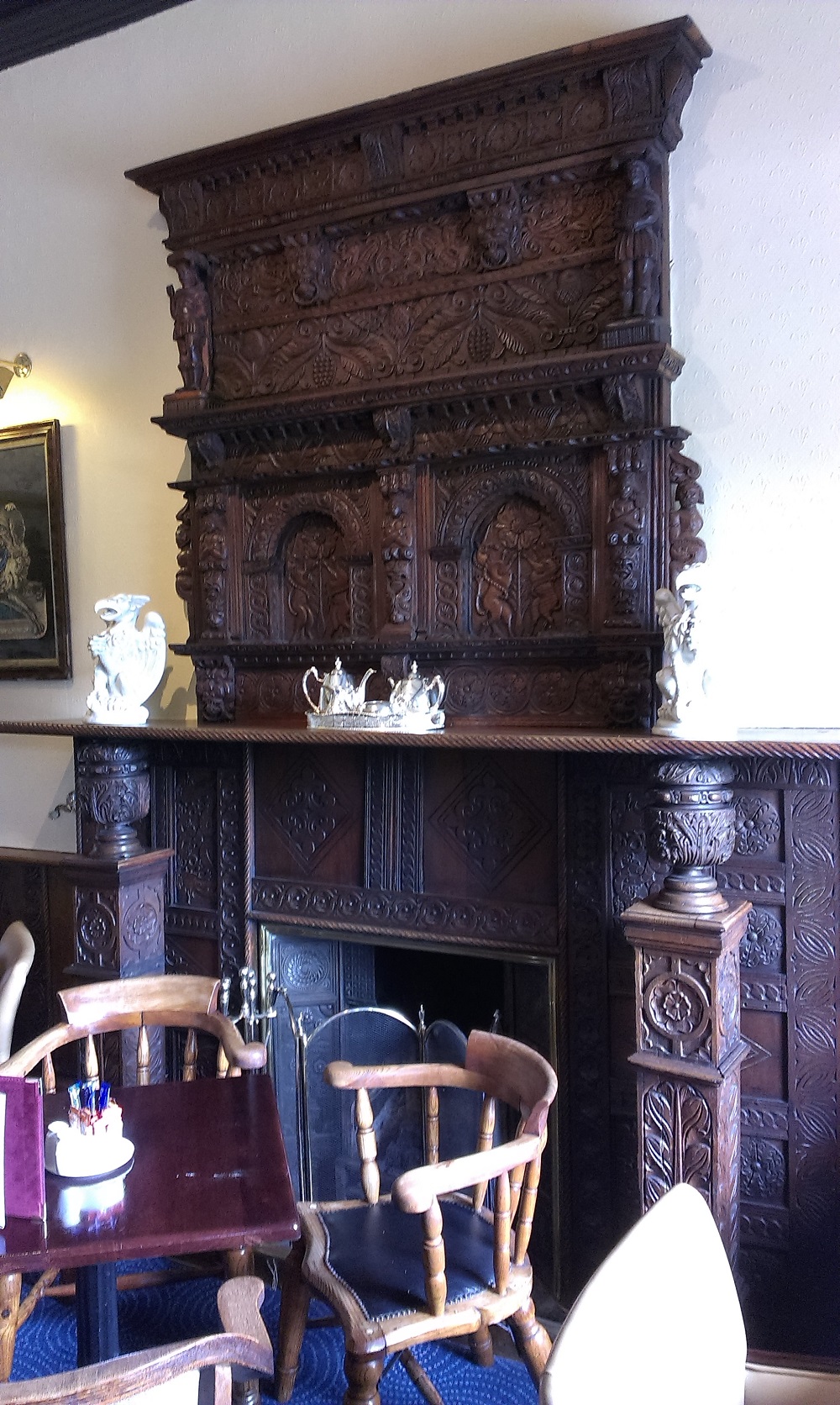
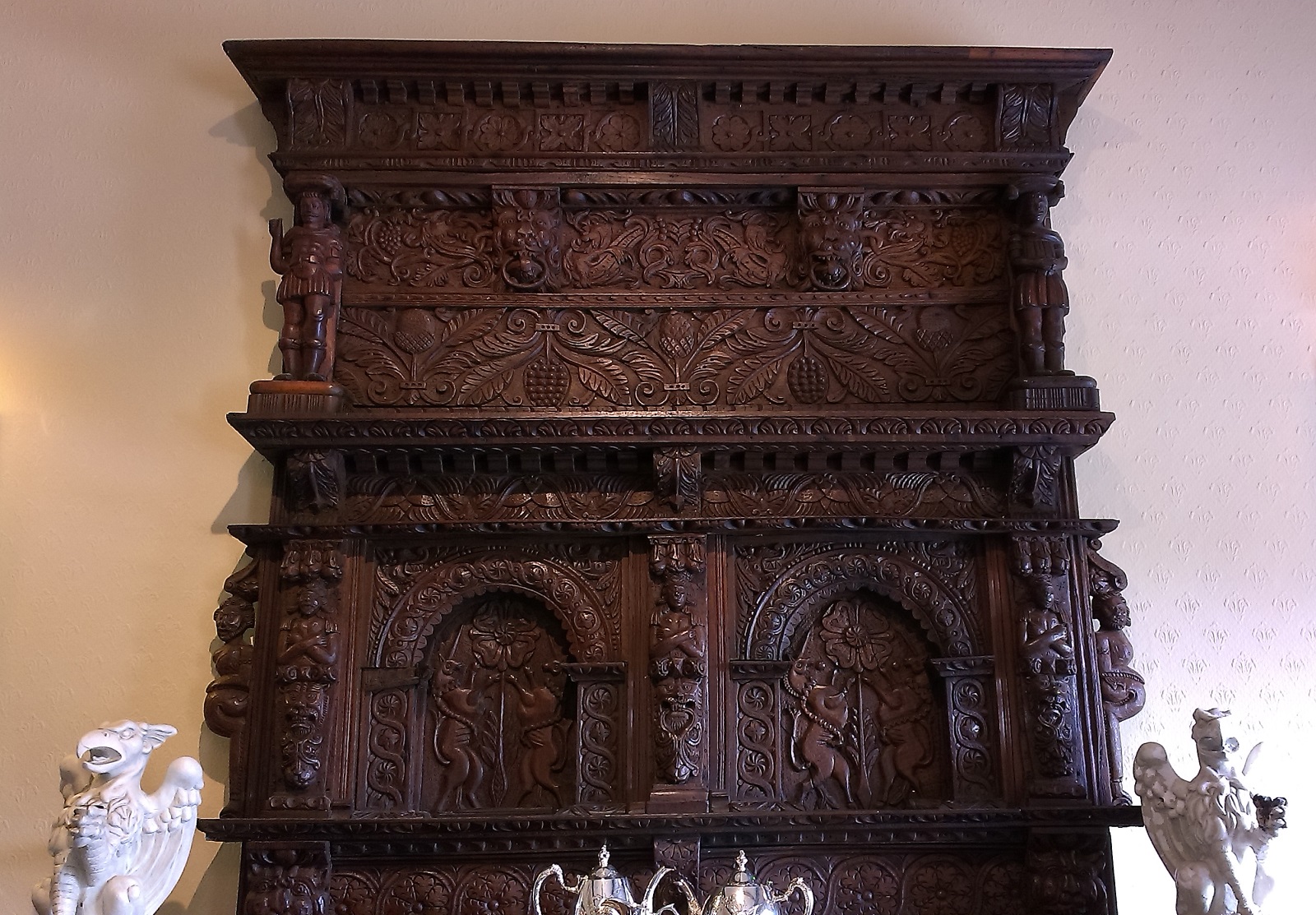
The top part of the old fireplace.
Photo 2016.
See larger
and full size.
Please donate to support this site.
I have spent a great deal of time and money on this research.
Research involves travel and many expenses.
Some research "things to do"
are not done for years, because I do not have the money to do them.
Please Donate Here
to support the ongoing research and
to keep this website free.